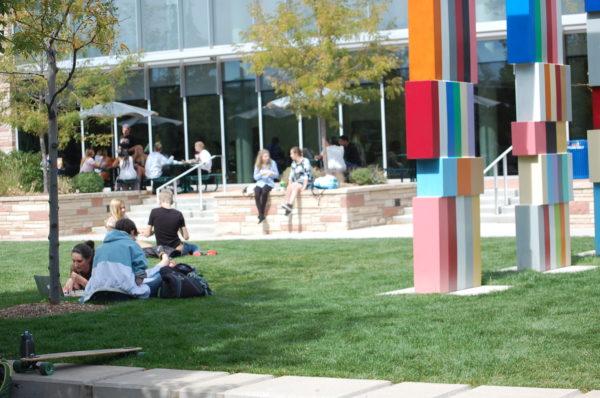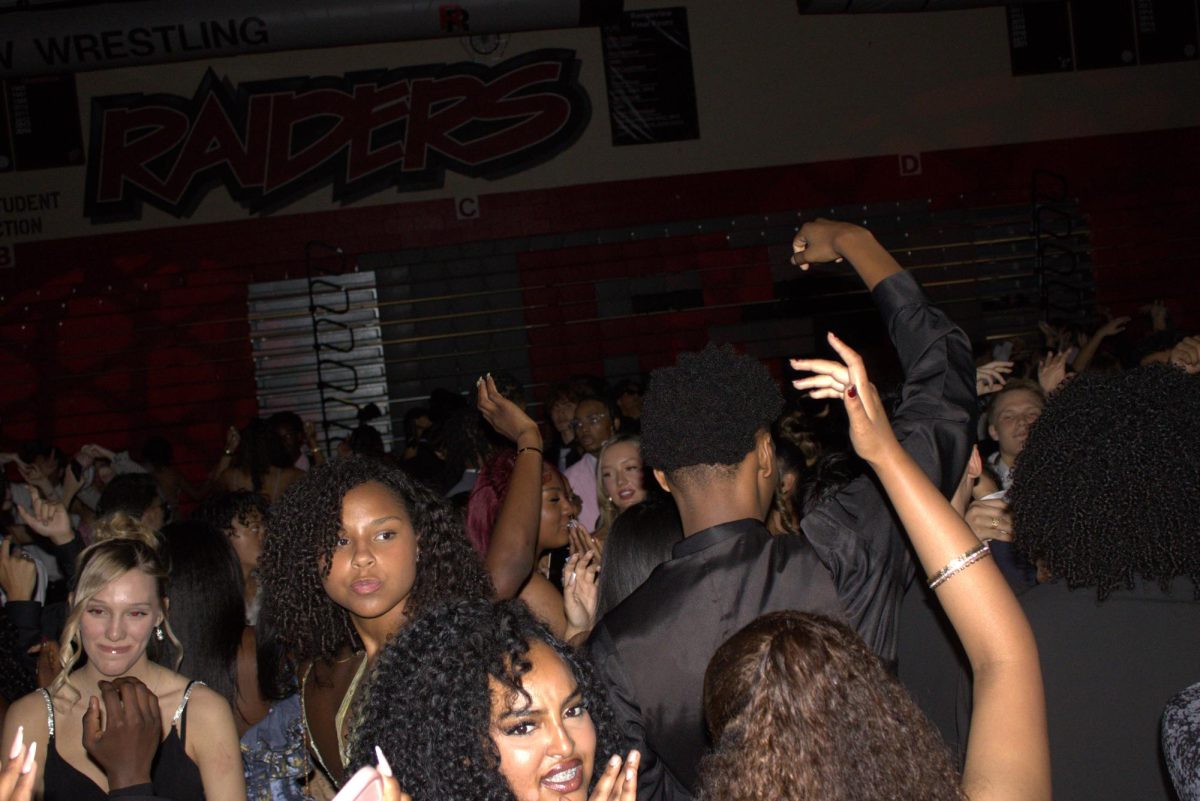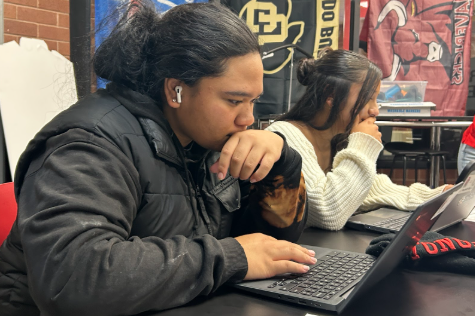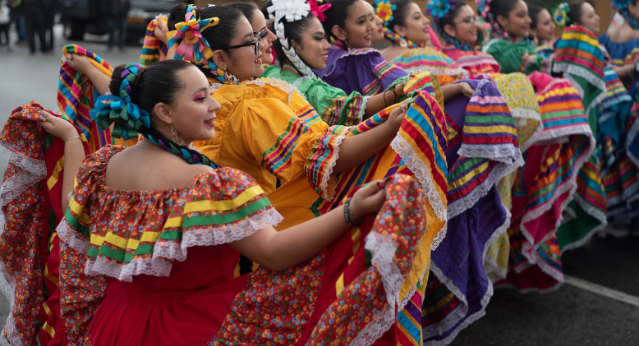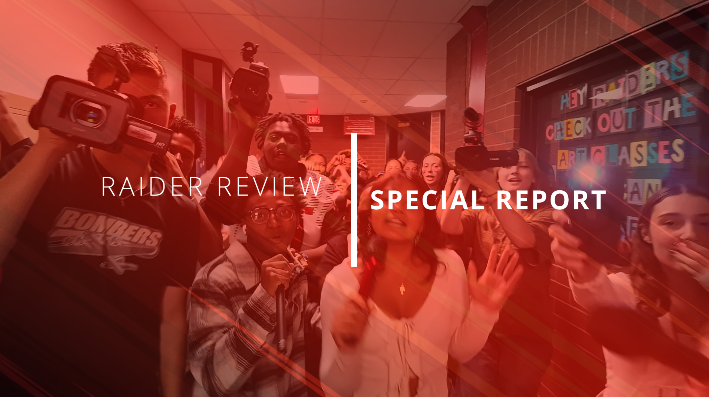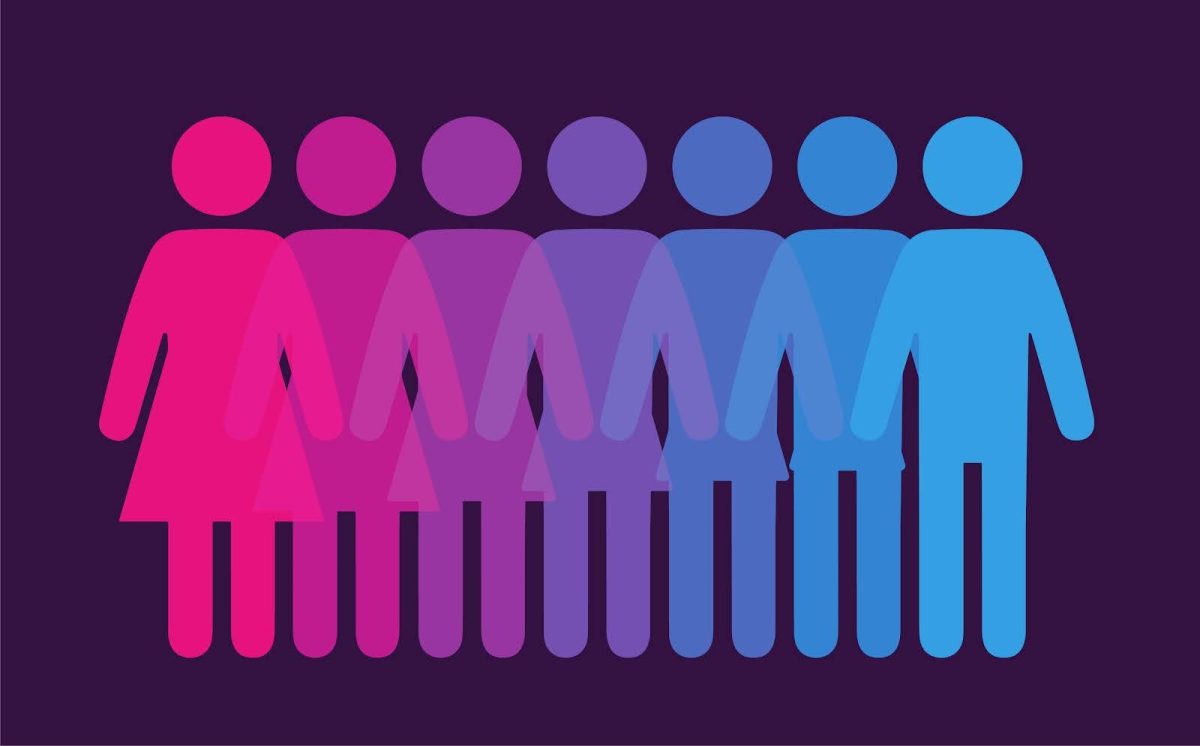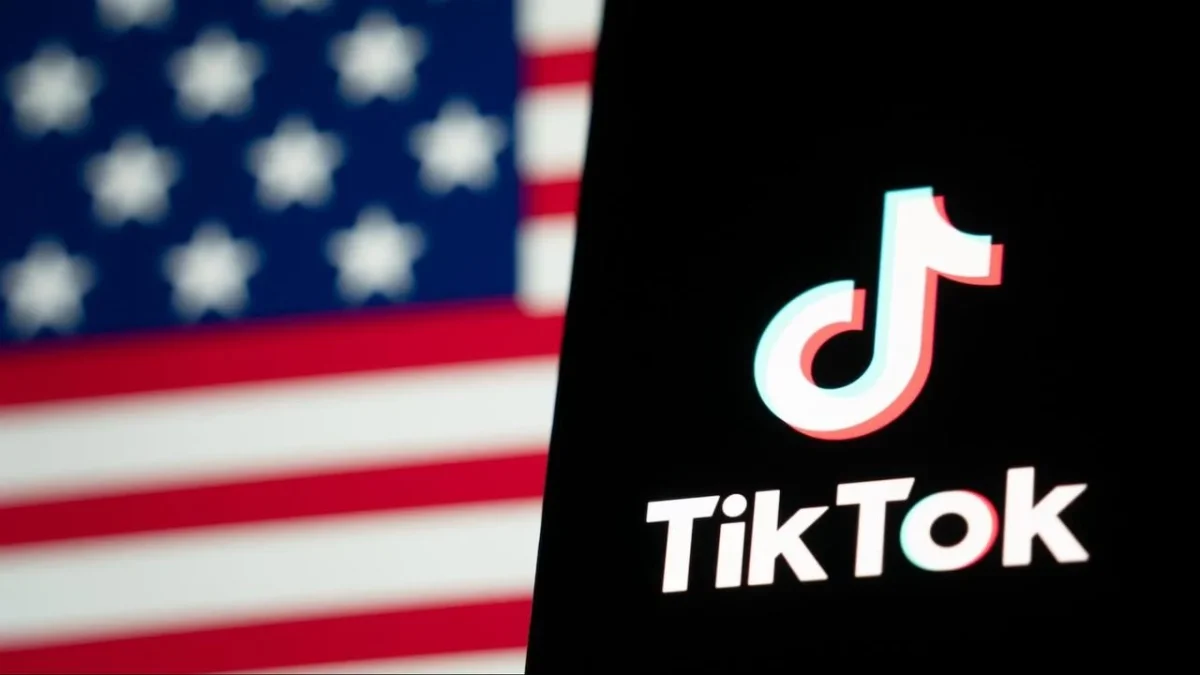Feature Photo By: Nealani Elliston – Colorado State University, Fort Collins (CSU) students lounge around campus. At CSU, 72.8% of undergraduates are white, making the university a predominantly white institution (PWI).
When I was in 5th grade, my mom made the decision to have my hair silk pressed. When entering the shop, I wrinkled my nose at the sulfurous odor. At first, it was fun. I relaxed as my my hair was washed and scalp massaged. Later, I winced as the curling iron settled on my tender 10-year-old scalp. My hair fell down my back as she twirled the chair around straightening each section, piece-by-piece.

Hours passed and the process was over. I felt an emptiness in my stomach at the loss of the blonde kinks and coils that use to cascade down my back; a huge difference from the short straight hair that rested just above my shoulders now. I felt like I was incognito, no longer myself but disguised to look “normal” and less me — less black. Even as I frowned at the mirror, my mom looked relieved.
And now, seven years later, I have the same feelings as I prepare to be a non-white student at a overwhelming-white university in an overwhelming white town — Fort Collins.
For years, I was taught to push my blackness down, forced to conform to Caucasian aspects and shown that half of me was less. Though I grew up disagreeing completely, I still went along with what society pegged ordinary and that did not prepare me for the real world.
In search of myself, I decided to participate in a summer program for African American students, The Black Issues Forum, at one my dream schools: Colorado State University, Fort Collins. Identifying as a black woman, I was curious to see what accommodations were made for students of color so they felt at home on campus. The program both scared and excited me. Though I had a lot of fun, the summer program wasn’t exactly what CSU’s demographic looks like: It is a predominantly white institution (PWI).
As I walked through the dorm lobby of CSU last summer, I felt my hands shake in anticipation. I was given a dorm room, a key, and a roommate. My roommate was cool, and I learned a lot from both her and my time in the program. I walked in with the belief that students in college are meant to learn — not just in an academic sense, but in an emotional sense as well.

My roommate, she was from Montbello, and I had few things in common. We stayed up night after night talking about our experiences and goals. I was lucky enough to be surrounded by a majority of black students this summer, though actual campus life is different — and this is what makes me and thousands of non-white kids like me around the nation so anxious about attending such colleges.
“The culture change from Rangeview/Aurora to CU/Boulder is one of the most glaring differences between my life in high school and my life now… It definitely affected me negatively, especially in the beginning, because I didn’t fit in,” said Lauren Arnold, Rangeview alum and current University of Colorado at Boulder senior. Arnold is multiracial.
“…there was and is a palpable divide in culture at the school due to race,” she said. “I’ve seen a lot of discrimination both within social spheres of the university and even during classes from other students.”
Anxiety builds in me when I think of the discrimination still present in today’s society. I could not imagine sitting in a room and being the only person of color. I could not imagine someone moving seats if I decided to sit next to them, an experience many students said they had been through.
In the real world, I’m black, regardless of the way I act. That affects the way people see me. When I think of CSU, I only think positive thoughts. Many students who have attended CSU, both minority and white, have only spoke highly of it.
“When I look back on it, I am glad I chose (CSU) because I’m a firm believer in everything happens for a reason,” said current CSU senior and Rangeview alum, Javon Harris, who is black. “I wouldn’t be where I am today without going to CSU.”
I kept these positive thoughts in mind until I began to truly see it and other Colorado universities for what they were, primarily white institutions. I realized I had not thought about one thing when choosing my first choice college: campus diversity.
Living in Fort Collins would be a huge change compared to Aurora.

Arnold went on to say, specifically speaking to Rangeview students of color, “you have to prepare yourself for what you’re getting into. Almost every predominantly white college is going to be a hurdle for you the darker your skin is. Know this when you apply so that you are not let down. But, also know that you will find your people. It might take a while, but you will.”
I still want to attend CSU, but now I’m more aware of what I’m getting myself into. I’ve learned to choose a school that doesn’t just feed my brain but also feeds my soul and to seize opportunities that will make finding my home on campus easier.
Justin Morris is another RHS alum who identifies as black; he is currently a sophomore at Seton Hall University in New Jersey.
“Make your decision for yourself, not for a parent, for a friend or for anyone else,” Morris said. “Go where you’ll be happiest.”
As graduation grows closer and college application time rolls in, I want to remind others that it’s important to find a best fit college. Do a little soul searching and learn to embrace your identity — the college you choose should best represent this. This is not by the numbers, (GPA, class rank, etc.) but by the culture.
